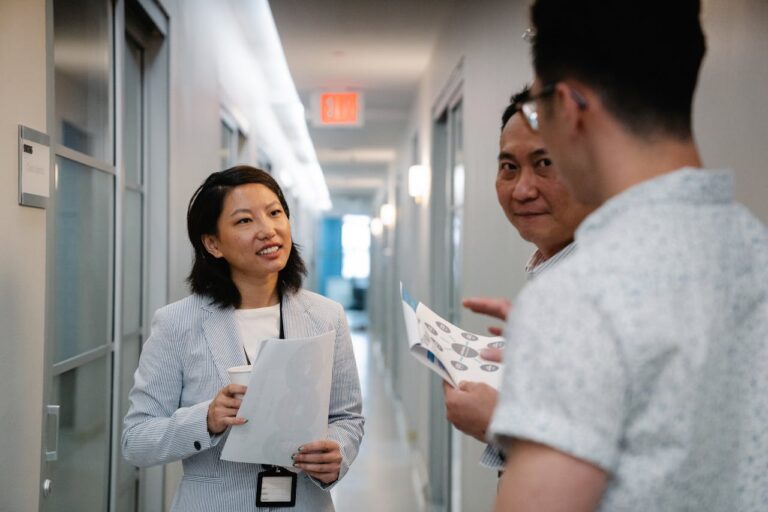There are approximately 8.8 million Asian American workers in the United States, and this group has repeatedly been referred to as the “model minority.” However, Asian Americans are hardly a monolithic group, as they encompass over 50 ethnicities and 100 languages. In honor of Asian American, Native Hawaiian, and Pacific Islander Heritage Month, let’s look at where the term “model minority” originated and how it impacts today’s workers.
What does “model minority” mean?
The term “model minority” first appeared in a New York Times Magazine article in 1966. Sociologist William Petersen argued that a strong emphasis on the family and traditional values, high rates of education, and a “work hard” mentality allowed Japanese Americans to find success in America, despite clear racial discrimination. Immigrants from other Asian countries eventually became lumped into this group, making Asian Americans the “model minority,” a group to which other U.S. immigrants are compared and expected to emulate.
As some critics of the term note, the “model minority” is a myth that is frequently propped up by individual success stories and an ignorance of legal and cultural changes that occurred during that time period. To start, while the 1965 Immigration Act removed the practically blanket immigration bans on Asian countries, it still restricted which individuals could enter the country. The U.S. was heavily focused on recruiting highly educated professionals, which meant that many of the first individuals who did immigrate from Asian countries were primarily doctors and engineers, which helped brand the group as high achievers. And while Asian workers are overrepresented in high-paying technical occupations, they are also overrepresented in some of the lowest-paying service occupations in the United States.
Success when it’s politically convenient
On the surface, the myth may seem harmless, but it has real consequences for Asian Americans and other minority groups in the workplace. Historians have noted that it is no coincidence that this myth and the new immigration laws happened during the civil rights movement, as it was a way to “discredit the claims of African Americans who were seeking racial and economic justice and demanding massive structural overhauls in American society.” This has long pitted Black and Asian individuals against one another, while letting America off the hook for addressing racism and discriminatory practices in the workplace.
Scholars have argued that Asian workers only started to get ahead in the workplace when the discrimination they experienced lessened, and not despite it. As a Washington Post reporter noted in 2016 about the model minority myth, “the greatest thing that ever happened to [Asian Americans] wasn’t that they studied hard, or that they benefited from tiger moms or Confucian values. It’s that other Americans started treating them with a little more respect.”
Doers, not leaders…?
Although Asian Americans may be presumed to be smarter than the average worker, that reputation doesn’t necessarily translate to success and inclusion in the workplace. Researchers have found that Asian Americans are stereotyped as the “perpetual foreigner,” leading to discrimination incidents such as people being surprised they speak English or being told to go back to their home country. These stereotypes and treatment may contribute to the group’s “underrepresentation at the highest levels of their fields—even in fields where Asian Americans are overrepresented.”
As one executive told CNBC, “The problem with that model is that we’re seen as good workers, but not great leaders.” Research has found that Asian American white-collar professionals are the least likely racial group in the United States to be promoted into management, despite the group’s higher-than-average employment and education rates – 61% of Asian Americans over the age of 25 had at least a bachelor’s degree compared to 38.6% of all people in that age group.
Additionally, Asian Americans are more likely to be promoted to top leadership positions when an organization is already on the decline, known as the glass cliff. They have also reported higher rates of feeling unsupported in the workplace.







